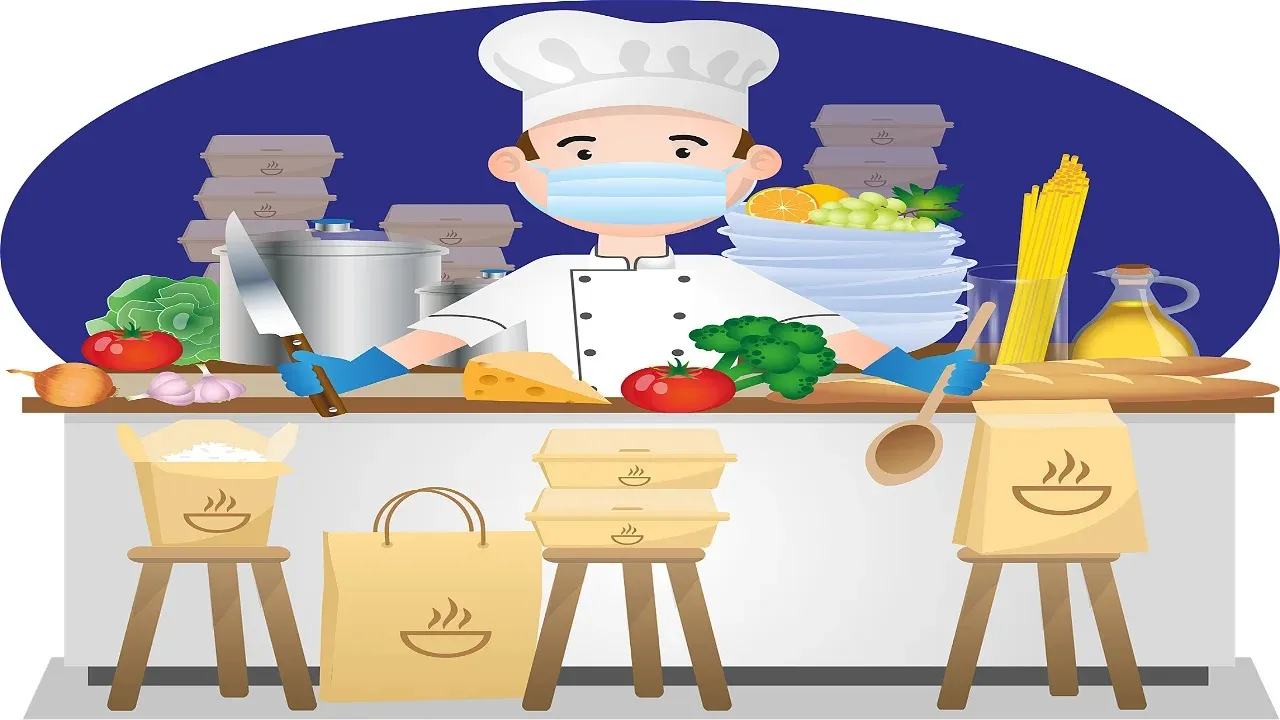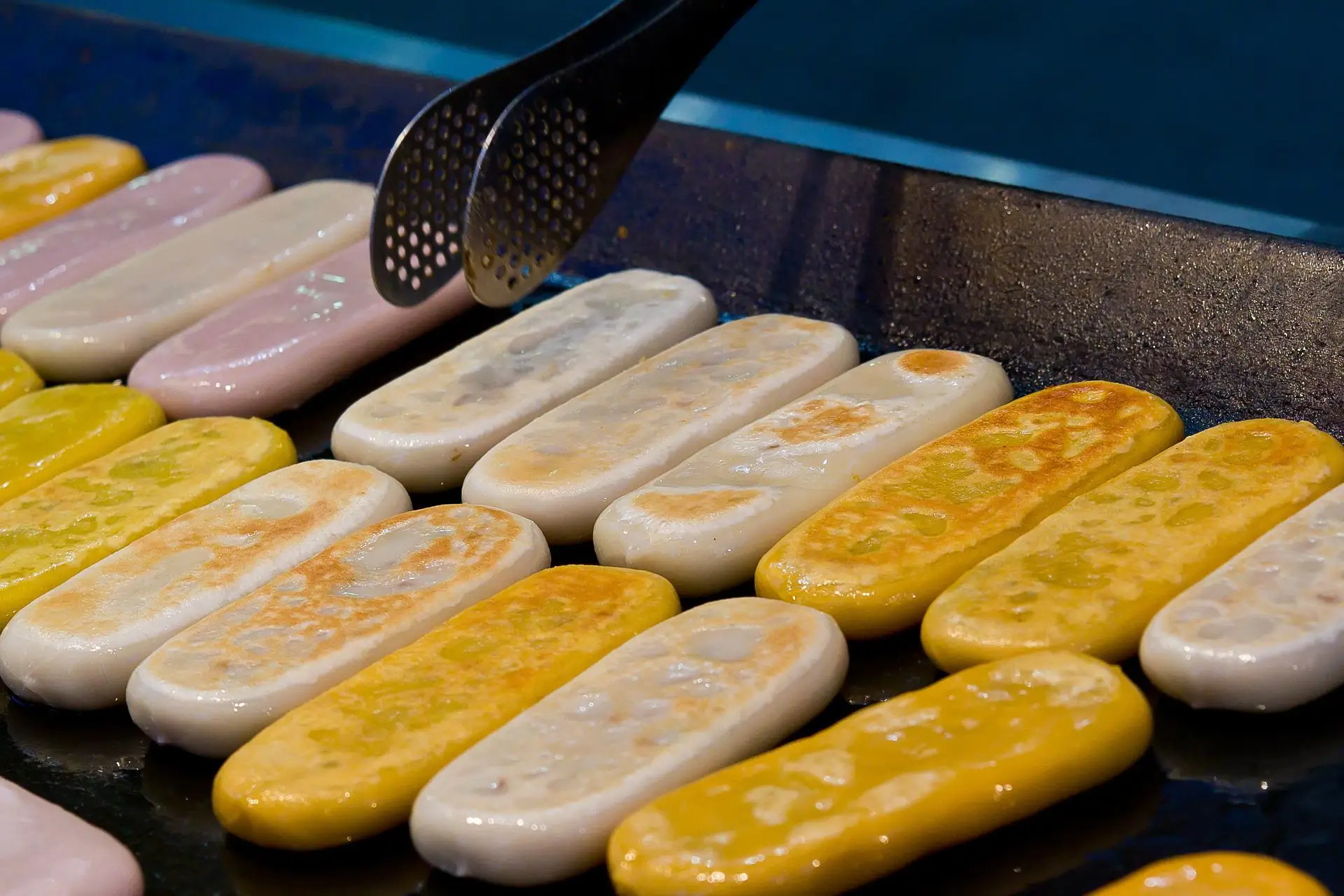
Artificial intelligence is expected to accelerate robotics significantly. The artificial Intelligence revolution will be integrated with robots for home use. It is the quiet revolution of the 21st century. Artificial intelligence will replace many clerical functions, while manual labor will gradually be replaced by advanced robots that know how to recognize emotions and behave accordingly. The revolution would require different models of employment and society and would have unprecedented economic consequences.
The next nutritional revolution is kitchen robots that will perform all the complex functions of cooking and serving food. The whole food chain will undergo a dramatic change for the better. There will be no point in fast food preparation and unhealthy food when, at a reasonable price (the price of a small car), you will have a robot at home that will perform all the time-consuming tasks.
The entry of robots into the home and industrial kitchens will dramatically change nutritional habits.
Eating together is a social need; therefore, restaurants will not disappear. They will undergo a change that will allow quick preparation of food that requires a lot of time input.
- Home robots will make it affordable to prepare quality food anywhere, without the need for fast food preparation, which is usually industrialized, processed, and highly harmful to our health. High-quality food served by robots on the spot at a competitive price is only a matter of time.
The fast-food (and unhealthy) catering giants have a decade to undergo a dramatic change before advanced robots enter industrial and home kitchens.
- A dramatic perceptual change is needed in every area of fast-food restaurants. The entry of advanced robots into industrial and home kitchens will cause a severe crisis in the industry. (Especially the big chains) The required change is fresh and healthy food based only on natural ingredients. The main difficulty is that a completely different business model and particularly aggressive pricing are needed.
Large fast-food chains are experiencing a decline in revenue from traditional restaurants, so most have switched to highly profitable complementary coffee and pastry products. However, the image of industrialized food has not yet stuck with them.
Sitting in restaurants will not go away! Only the prepared food will gradually disappear.

In the meantime, we should adopt proper eating habits outside the home.
It will minimize potential health damages.
- Eating in restaurants is very popular for business, fun, and family occasions—many excellent restaurants with superb food, high hygiene conditions, and remarkable variety. Many people prefer to eat in restaurants during their lunch break. (Usually, they are familiar with the menu.) Coffee shops with salads and cold dishes are often perceived as having less potential for harm in the long run.
Potential health issues in restaurants.
- The freshness of products and recycled food leftovers (Usually hard to know unless sick after dining)
- Recycled fats – overheating turns liquid fats into hydrogenated fats; they are toxic and harmful. (Sometimes hard to know; burned fat gets dark, but the light dish does not mean the oil used was reasonable.
- Poor Hygiene conditions. (A good restaurant will have its toilets cleaned regularly.
- Unhealthy: There is a low variety of dishes and animal products without balancing fresh salads and vegetable recipes.
- Lots of calories per meal.
- Soft drinks and alcoholic beverages are available without a variety of healthier drinks.
- Use of excessive amounts of salt.
Not many restaurants serve organic or vegan food. (It is more expensive but a good investment in one's health.)
The trend of food deliveries gained momentum during the lockdowns of the COVID-19 pandemic.
Ready-to-eat home deliveries are the pinnacle of processed and industrialized food. They are the most harmful foods to our health!
- If you are making deliveries of prepared food, you must order from a nearby and well-known restaurant that maintains good hygiene and freshness of the products and does not recycle food and oils. Ordered essential dishes of unprocessed dishes. (such as salads)
Ordering ready-to-eat home deliveries via apps is not recommended!
The new trend is for fast food to be delivered to your home by courier. (This is very comfortable but not recommended.)
Pros.
- Conveniently, the hot food comes to your home ready and packed at reasonable prices.
Cons.
- It is a very industrialized food that is designed for rapid preparation.
- Reservations are sometimes made via an app, which does not allow the restaurant to be chosen.
- Deep-frying uses deep oil, often recycled, which creates hydrogenated fat. (This fat is extremely toxic to the body.)
- Fast food is terrible for health. If you must eat fast food, you should order from big chains with better quality control.
Tips on how to choose the healthiest dishes in a restaurant and for family occasions:
Main dishes:
- Check the menu for essential dishes like baked vegetables or fresh salads, beans, legumes, sprouts, mushrooms, good bread, lovely fruit desserts, and healthy drinks.
- If you are a fish lover (fish is less acidic than meat and easier to digest), you should prefer deep-sea fish (less contaminated than other fish). For example, Halibut, Locus, or Salmon (preferably from the North Sea, like Norwegian or Scottish)
- Eating ground meat like hamburgers or sausages is not recommended if you still need meat. Clean meat or steak is better. It better be served with vegetables. (To prevent over-acidity of the intestines.)
- Dairy products are not recommended. (Goat milk products are much better.)
- Beans, legumes, sprouts, and mushrooms are great for starters or main dishes.
- Eating starchy means you prefer rice or sweet potatoes over pasta or French fries. Quinoa or other moist cereals are a better choice if available.
- Adding natural sauces is recommended as they help with the digestive emulsification process.
Desserts and beverages:
- Drink freshly squeezed juice (if available), black coffee, or tea. (Without sugar or a flat teaspoon.)
- Red wine is better than white for wine lovers due to resveratrol antioxidants.
- Fruit salad is much better than any cack; nuts and berries are, of course, welcome.
- Yogurt dushes with fruit are better than other sweet desserts if available; goat yogurt is the better choice.
- Processed Ice cream is not recommended; natural yogurt ice cream, made with fresh fruit and no additives or preservatives, is a better option.
Family and friends' occasions
Usually, the quality and freshness of products or recycled fats are not a problem on family and friends' occasions.
- Of course, the main recommendations are the same for friends and family.
- If invited to a late dinner (after 19:30), the dishes one eats should be very light; meat of any kind, especially with high glycemic starches, is not recommended. (Hard to digest)
- Fish and moist starches (like rice) are easier to digest, especially when added to natural oils or fats (in Low quantities).
Street food can be delicious. However, avoiding prepared and processed street food, especially fried dishes, is advisable.
(The oil is often recycled and harmful.)

Food stands - Avoid eating processed and fried food in food stands.
Food stalls exist in many places. It is essential to avoid foods fried in recycled oil, especially. (mostly burnt) and from industrialized foods such as sausages.
- Hotdogs, hamburgers, and all fried food are not recommended. (Processed food with the risk of recycled hydrogenated trans-fats.)
- Bagels, Sandwiches, and cold dishes made of raw, unprocessed vegetables and fruit are safer.
- Drinking fresh juice is recommended; freshly squeezed juice has many health benefits.
Food and beverage industries that fail to internalize the dramatic change that is about to take place will not survive.
We are a step ahead of the nutritional revolution, enabling the public to have quality, healthy, homemade food.

Kitchen robots will obviate the need for processed and industrialized food that has devastating consequences for our health. The demand for industrialized and processed food will decrease dramatically, forcing food producers to make far-reaching changes for the benefit of consumers.

